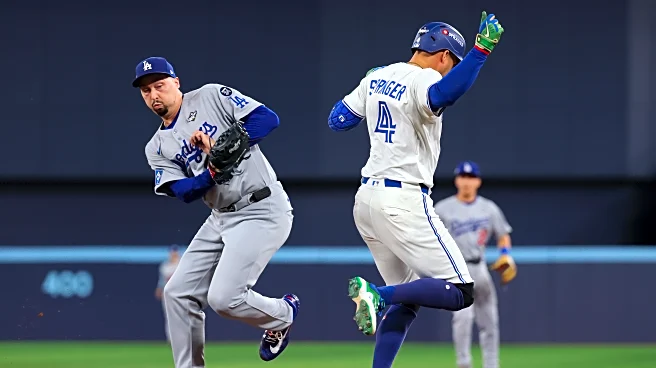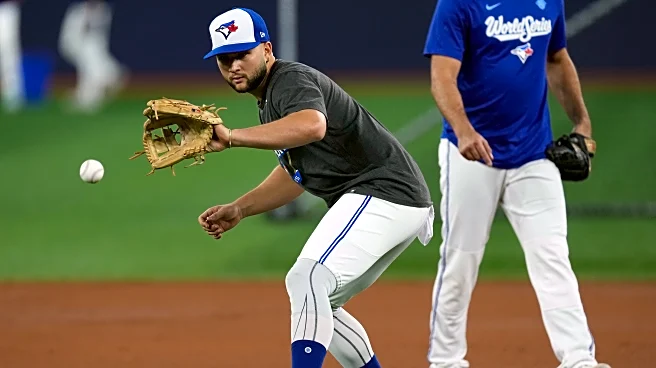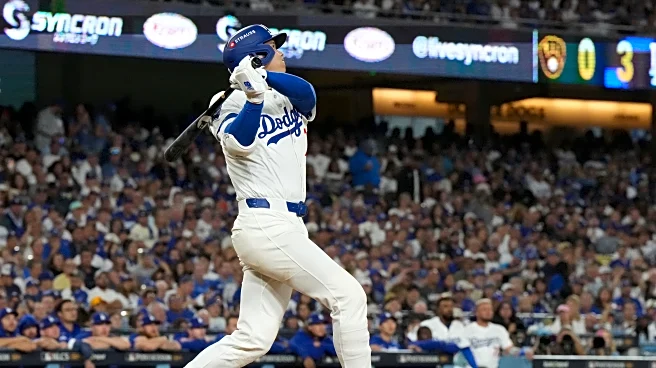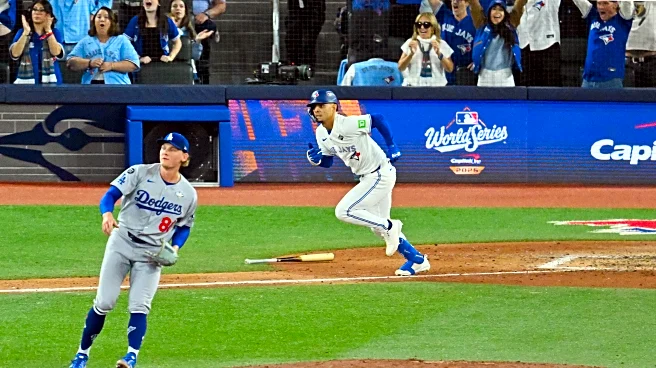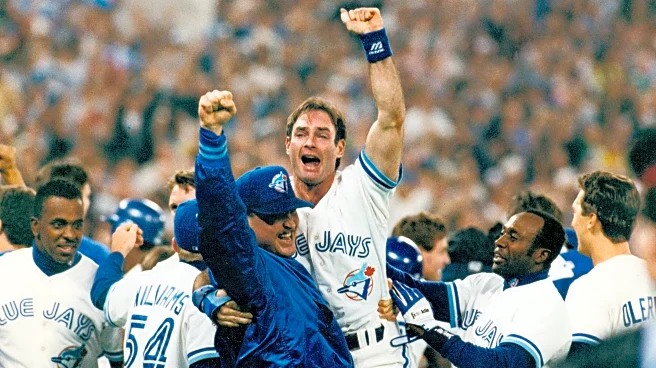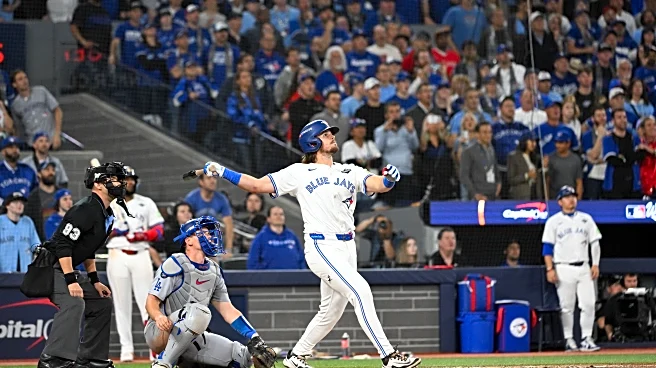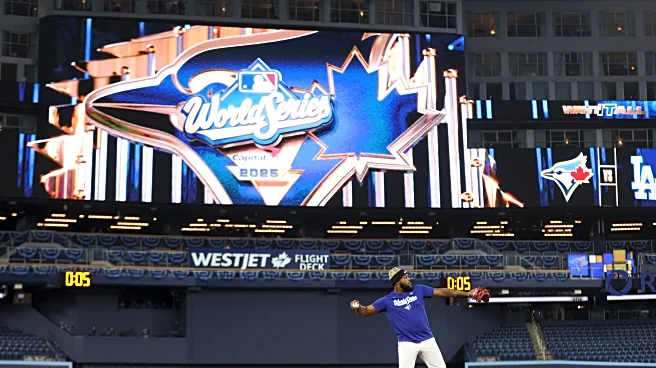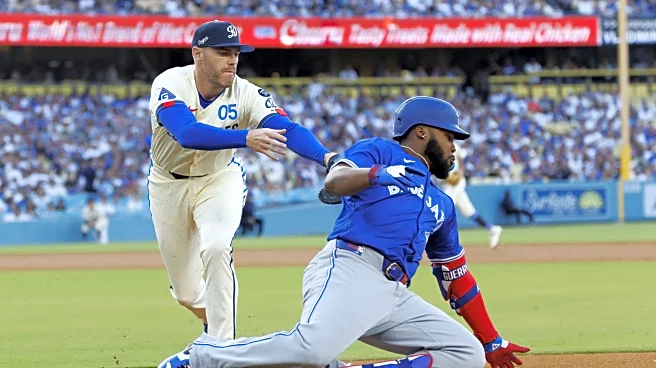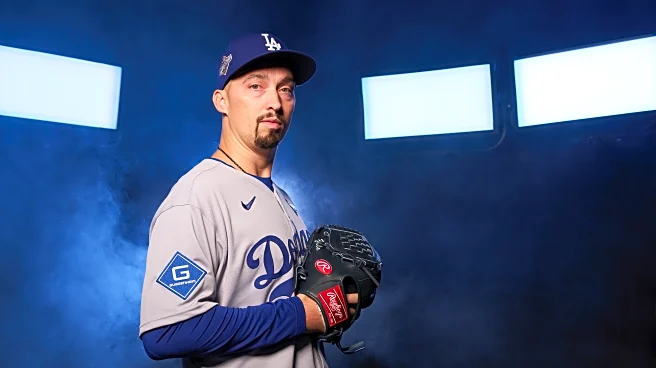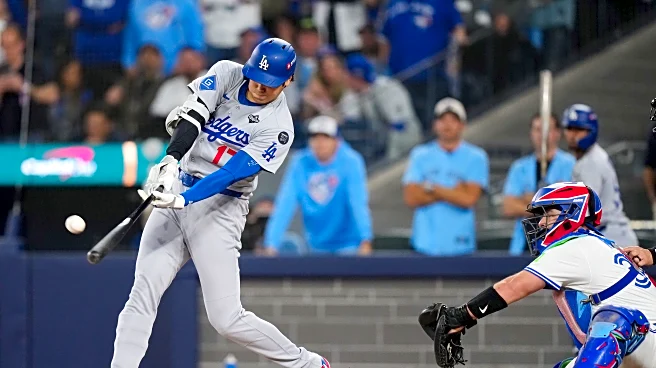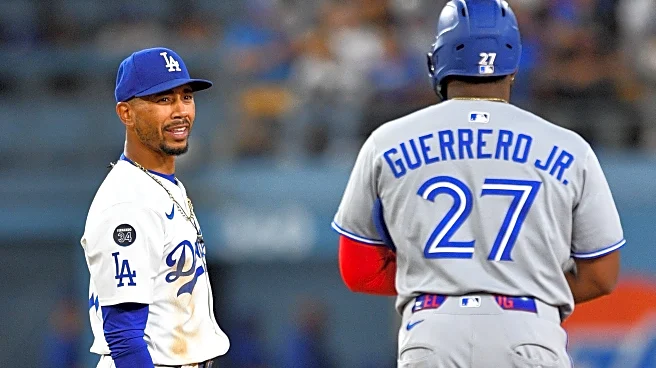The script for how a particular game could go south for the Los Angeles Dodgers was followed to a tee in this blowout Blue Jays win to open the World Series. Much was made of the battle between elite swing-and-miss
stuff from the Dodgers starter and a contact-oriented approach from the Blue Jays lineup. Contact alone will only take you so far, and it’s important not to gloss over the many home runs hit by Toronto in Game 1. At the heart of the Blue Jays’ success was an innate ability to avoid strikeouts, keeping Blake Snell from getting in a groove throughout the whole evening.
As was the case in the matchup against the Brewers, Snell faced a righty-heavy lineup in Toronto with Daulton Varsho and ninth-hole hitter Andrés Giménez as the only two lefty presences. This once again led the Dodger starter to a changeup-heavy approach. The big difference is that, unlike the Brewers, the Jays were able to put it in play consistently, making contact at over 80 percent of the changeups thrown both in and out of the zone.
While they didn’t score early, Toronto was capable of setting the tone with a pivotal 29-pitch first inning out of Snell—even before the blowup in the sixth that saw the home team take a commanding lead. By that point, Snell had already labored enough that in the best-case scenario, he’d be out after six in a close game. Now, you can claim that while it was close, the Dodgers had as much a chance to get to the Blue Jays bullpen as the other way around; the big difference is the starting point was one of great advantage for Los Angeles with a far superior starter.
Looking back at the NLCS, the complementary nature of Milwaukee’s lineup was praised in the regular season, and it simply didn’t show up in the playoffs. Nothing could be further from the truth when it comes to this Blue Jays lineup at the moment. Vladimir Guerrero Jr. and George Springer delivered good at-bats, and Bo Bichette gave them a clear spark back from injury, and all of that would’ve been for naught without the key contributions from the likes of Alejandro Kirk, Daulton Varsho, and Addison Barger. These three hit the crucial home runs in this game that was filled with star power.
Focusing on Barger and the following games in this series for a minute, he poses the threat of an improved Blue Jays lineup against a sequence of right-handed Dodger starters. To the surprise of no one, John Schneider defaulted to his lefty killer in this game, starting a cold Davis Schneider and batting him second. It’ll undoubtedly be the last game he starts until Snell takes the ball again, especially with Barger coming off the bench to hit a grand slam against a lefty. In fact, it’s feasible that Schneider takes a chance at Barger even against a lefty if he is able to replicate this at any point in the series.
With Snell out before recording an out in the fifth, that dreaded prolonged bullpen exposure for the Dodgers comes to fruition, even more worrisome now minus one Alex Vesia in this series. Assessing specifically the moves made by Roberts once he got Snell out of there, everyone’s uneasiness is matched by the doubt as to how much better Roberts could have handled this. Emmet Sheehan was thrust into a bases-loaded, no-out situation and couldn’t put away anyone. And then, Los Angeles brought Anthony Banda in, again with the bases loaded, this time with just one out and Vladimir Guerrero Jr. looming on deck.
This is entirely a moot point, as it was the lefty Barger taking Banda deep for a grand slam to make this a blowout; however, it’s difficult to get over the idea of having Banda pitching to Vladimir Guerrero Jr. in that spot if he was successful in his first matchup. While a double play would have ended the inning, it isn’t the type of play you can bank on as a manager, thinking you’ll avoid the next at-bat. That felt rather obviously a spot for a right-hander, any right-hander. In a world of conciliating results and processes, it’s a move that makes us more wary of the Dodgers’ plans this series, if/when they have other games in which they need to use the bullpen a lot. While the lack of righties in the bullpen without having to default to your leverage arms (Roki Sasaki and Blake Treinen) is a problem, Will Klein or Edgardo Henríquez would’ve been better options, and it being the case should ring alarm bells.
Over an entire series, there is still a great chance Dodger starting pitching takes over in a commanding way; only the opening round went to the Blue Jays lineup, not one star player or even two, but the whole batting order.
